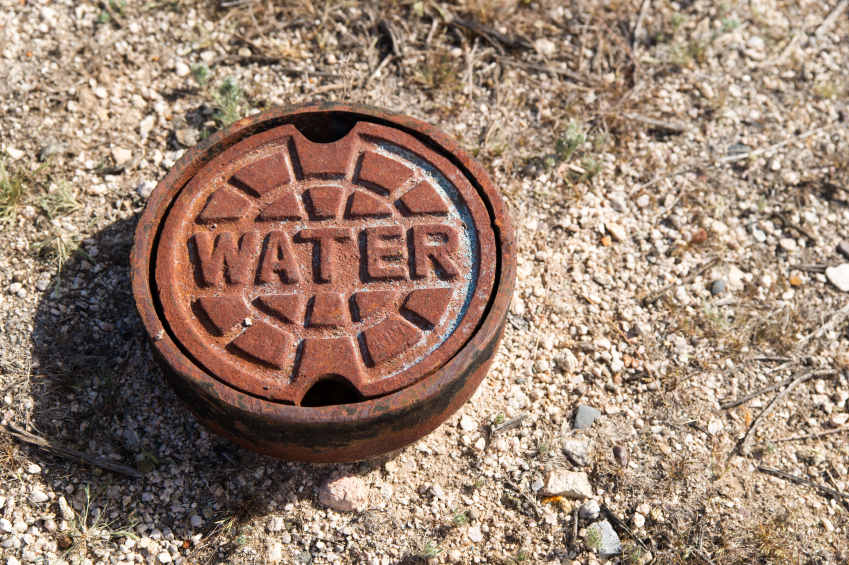The American West is experiencing its worst drought on record, bringing new water restrictions, wildfire danger, and anxiety to one of the country’s fastest-growing regions as summer approaches.
According to tree-ring records analyzed by researchers from the University of California, Los Angeles, much of the West has been mired in a drought dating back to the turn of the century—the driest in 1,200 years.
Most scientists believe that the drought has dried up forests and made them vulnerable to wildfires, which has been exacerbated by Earth’s warming due to climate change. Already this year, fierce winds blew a prescribed fire in northern New Mexico out of control, blackening more than 300,000 acres in the state’s largest inferno in history.
Following a relatively dry winter, the latest data from the U.S. Drought Monitor show that spring conditions did not provide relief. According to its most recent weekly report, 76 percent of land in the western United States is in severe drought or worse, up from 72 percent at the same time last year. The Drought Monitor is a collaboration between the University of Nebraska-National Lincoln’s Drought Mitigation Center, the National Oceanic and Atmospheric Administration, and the United States Department of Agriculture.
Last week, swaths of the West received no precipitation, from southern Oregon to New Mexico, and drought conditions worsened in New Mexico, Arizona, Utah, and Southern California.
More than half of the western region of the United States was in severe or worse drought conditions in 2021 and 2022, according to the U.S. Drought Monitor.
Because the winter brought little snow, snowpack levels were well below the median for this time of year in many places. According to the Drought Monitor, snow cover is virtually nonexistent below 8,000 feet in California’s San Joaquin Valley.
Western rivers have shrunk, causing the region’s network of storage reservoirs to shrivel in tandem, threatening supplies for over 5 million acres of farmland and over 40 million people. Lake Powell, a major reservoir for Colorado River water on the Utah-Arizona border, has reached its lowest level since the 1970s. Lake Mead, near Las Vegas, has reached its lowest level since the 1940s.
Lake Mead is the river’s largest reservoir, and its decline to new lows this year resulted in the first-ever cuts to users, including Arizona. Governor Gavin Newsom of California has threatened to impose mandatory restrictions on millions of urban residents if they do not do more to conserve.
According to NOAA, the period from January to April was the driest on record in California. The Southwest region, which includes Arizona, New Mexico, Utah, and Colorado, experienced its driest period on record from May 2020 to April 2022.
Summer monsoons could provide relief to the parched Southwest, though rains have been scarce in recent years. Other places, including California, are hoping for drenching rains to return in the fall and last for several wet seasons to help restore forests and watersheds.














